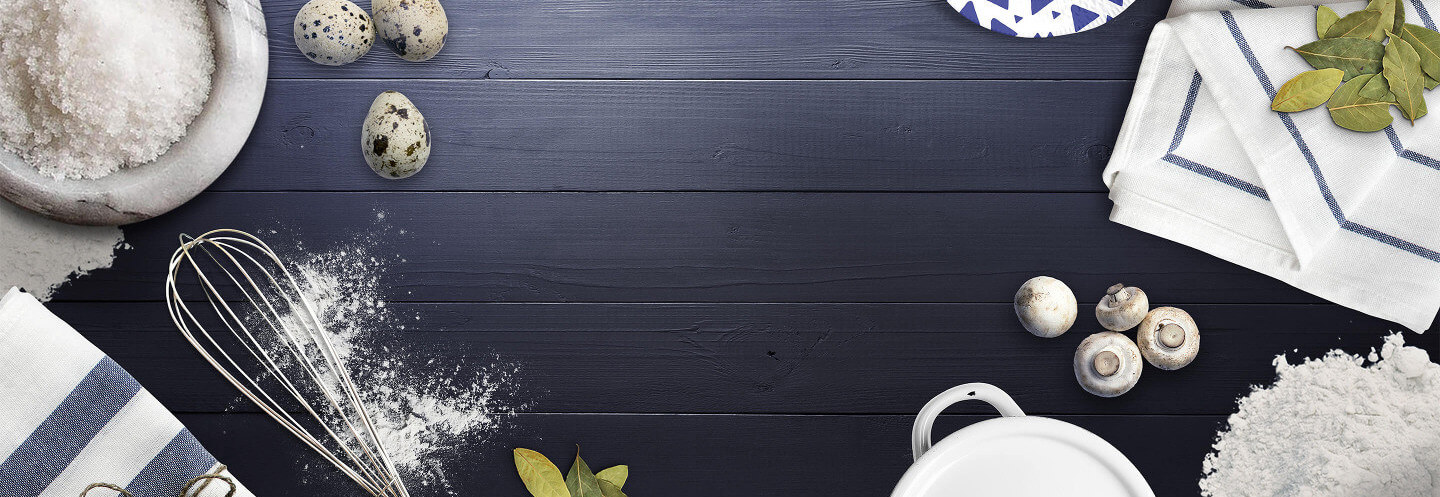https://www.copymethat.com/r/j09xlcjTP/scrambled-eggs/
68567116
TVduxW6
j09xlcjTP
2024-04-29 09:00:47
Scrambled Eggs
loading...
Light and fluffy breakfast that takes 5 minutes.
Servings: 1 to 2
Servings: 1 to 2
Ingredients
- 4 Large Eggs
- 1 TBSP Butter
- subheading: Optional:
- ¼ cup Milk
- Salt (to taste)
- White Pepper (to taste)
- Ground Black Pepper (to taste)
Steps
- Select a good, non-stick skillet. 6-inch diameter should be sufficient. Put it on the burner and set the heat to low-medium. On my stove, that would be between the 3 and 4 on the dial.
- Crack your eggs into a bowl.
- Whisk vigorously until slightly frothy and the liquid egg is a pale yellow color.
- At this point, you can optionally add milk, salt, and peppers to taste. If you do this, give the egg mixture another good mix.
- Drop 1 TBSP of butter into the skillet and spread it to cover the bottom.
- Add your egg mixture and then let them settle for 45 seconds to a minute. After 45 seconds or so, using a spatula, gently pull the edges of the egg towards the center of the skillet so the remaining liquid can fill in. Do not mash or chop up the egg. Let the egg settle until the liquid is largely consumed.
- Turn off the heat and gently stir the eggs around the pan to finish cooking the slightly unfinished part of the egg. The eggs will firm up, and they should look soft and moist at this point. Quickly plate the eggs and let them settle on the pan where they will finish cooking.
- Garnish with freshly cracked pepper and serve.
Notes
- Whisking action in eggs incorporates air into the mixture and stretches the proteins in the egg. This will create a light, frothy looking mixture that helps deliver that fluffy texture in a good scrambled egg or omelet. If you keep whisking the eggs, the mixture will become more light and frothy, creating properties in the egg that will help make lighten pancakes and waffles so that they're fluffier and lighter, make cakes rise, and be made into things like a merengue.
- If you're going to add any toppings to your scrambled eggs, add them right at the time you shut the heat off and start that final mix. Be aware that ingredients with a lot of moisture in them (like tomatoes or onions) can make your eggs watery and diluted. Unless you plan on eating them raw, you should cook them separately first and then add them to the eggs. Remember to mise en place!
- When you add something like milk, don't go over a ratio of ⅛ cup for every 2 eggs.
- Eggs are delicate and they retain residual heat, even after they've been plated. You need to consider this when you are planning for a certain level of doneness. If your eggs are done to the point you want them and they're still in the pan, they will overcook on your plate. This concept of residual heat is the same as if you were cooking a steak and aiming for a specific level of finish (rare, medium rare, etc.)



